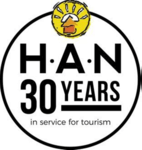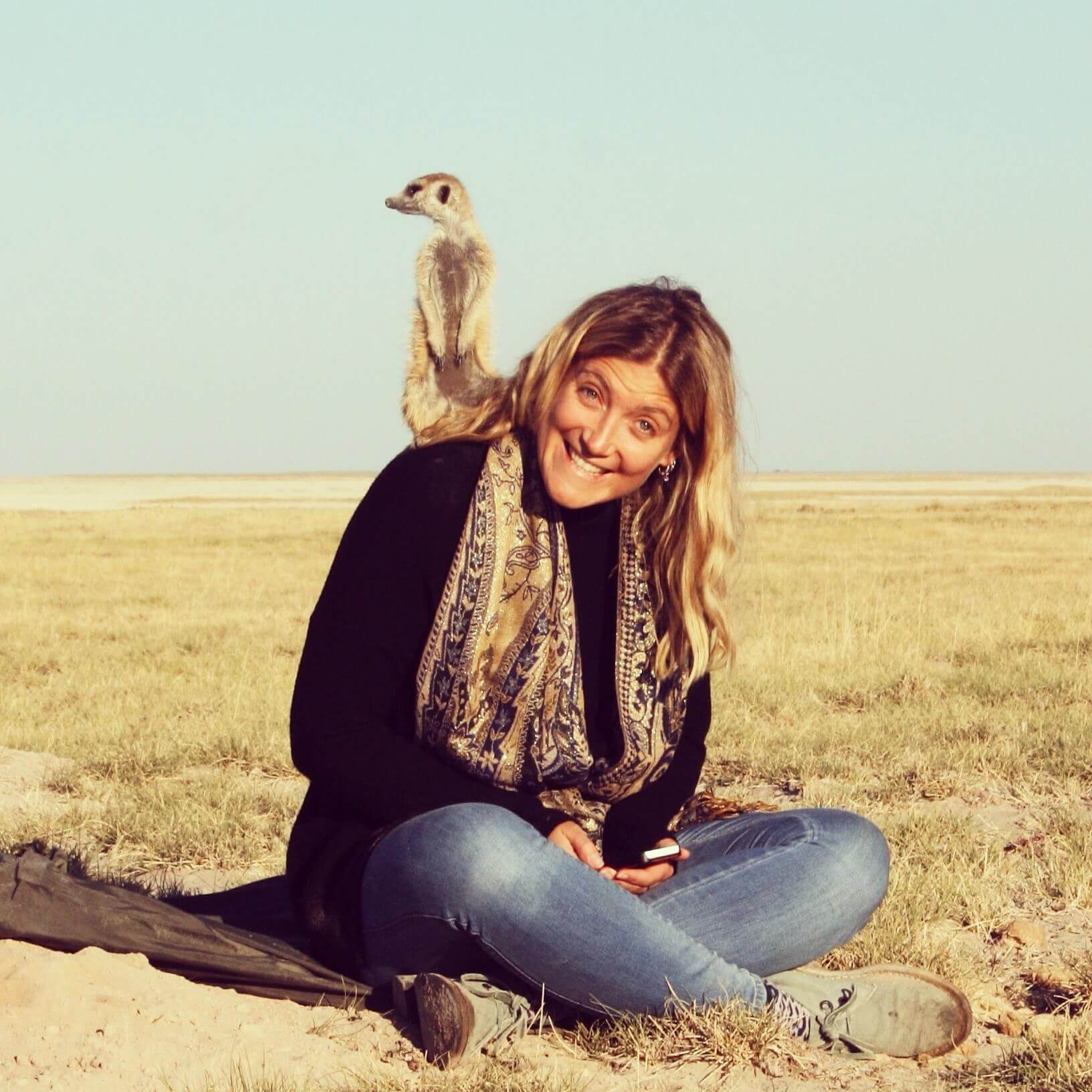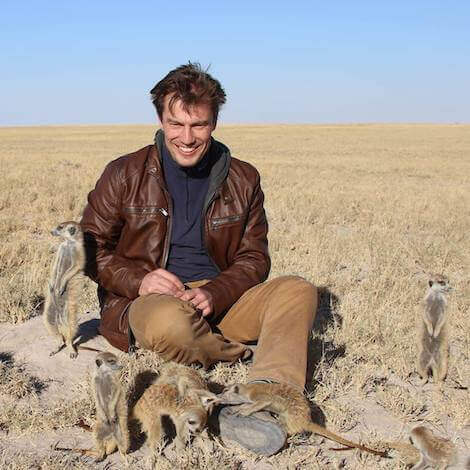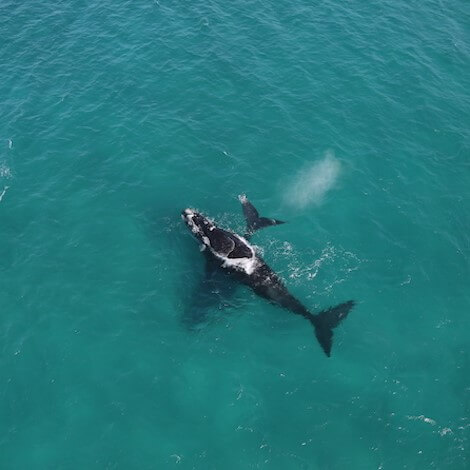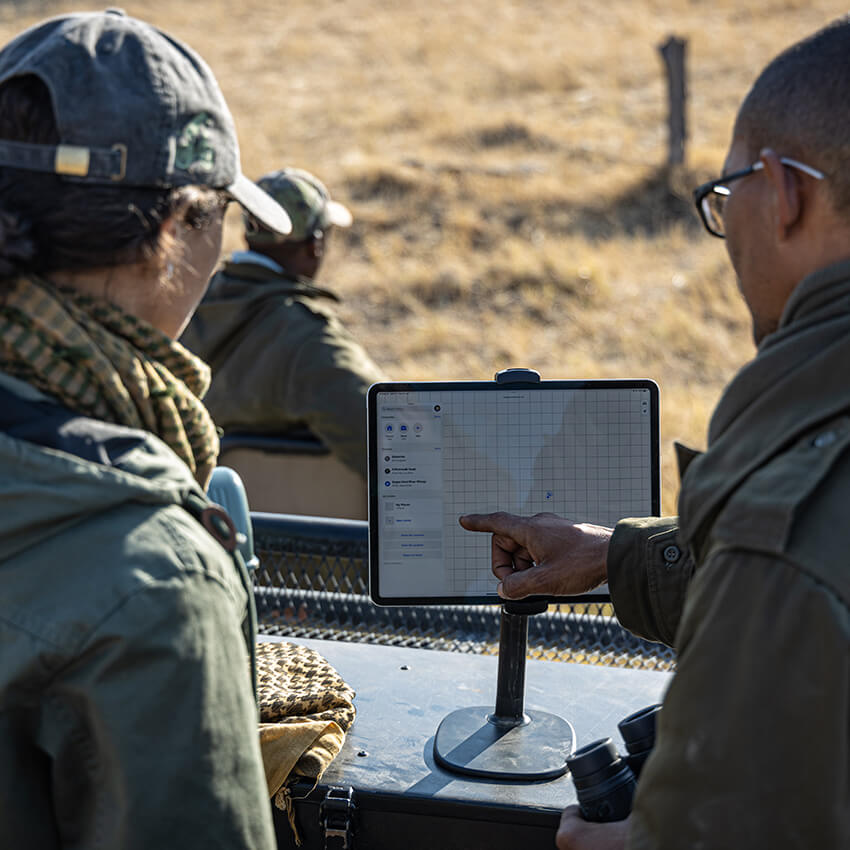Botswana
- A Spot of Romance: Botswana Honeymoon Safari
- A Wellness Safari with Robyn Sheldon
- Botswana Conservation Safari
- Botswana Horse Safari on the Makgadikgadi Salt Pans
- Guided Botswana Cycling Safari
- My First Botswana Safari
- Sama Mobile Camp
- Uncharted Expeditions Botswana Mobile Camping Safari
- Walk of Ancient Wisdom
Imagining Shipwreck Lodge – how this one of a kind lodge was dreamt up by architect Nina Maritz
 Pru Allison
Pru Allison
 September 11, 2018
September 11, 2018
Shipwreck Lodge on the Skeleton Coast in Namibia is undoubtedly one of Africa’s most innovative and distinctive lodges – we caught up with Windhoek based architect Nina Maritz to learn more about how this project came to fruition from an architectural perspective
Where are you based?
“Windhoek, Namibia – most architects are based here, but do work all over the country.”
What were your first thoughts when approached to work on Shipwreck Lodge?
“That this one had to be unique – not a generic gum-pole, canvas, and thatch African lodge, but something that really expressed the spirit of the place, what architects call the genius loci.
It was also clear that we really had to be extra careful in dealing with such a sensitive and beautiful environment – consider everything we specify, and how the lodge was going to be constructed and operated.”
Had you any previous experience working on similar projects that you were able to draw on or did you prefer to approach the project with a clean slate?
“We have worked on several tourism projects, and in each, the approach has been to go to the immediate site for inspiration. So when it comes to operational issues, we draw on previous experience, but when it comes to aesthetics and type of construction, we approach each project as completely new.”
Who came up with the concept for the extraordinary design?
“I did – having many years ago read the book ‘Skeleton Coast’ by John H. Marsh, which is an account of the rescue of the survivors of the Dunedin Star shipwreck, the concept of humans having to find or make their own shelter in such an unforgiving setting, was an immediate visceral response.”
What are you most proud of with the finished lodge?
“Firstly, we managed to get it built! It has been a long road getting there, as we did the initial bid in 2009, but the project remained dormant for many years until it was resuscitated in 2015, due to internal issues at the Ministry of environment and tourism.
Secondly, I am really proud of the way in which the project has grabbed people’s imagination – we have never had so much and such positive feedback on a project in such a short time before. It has hardly been open for 2 months and we are inundated with requests for press information, interviews, and many, many messages of congratulations from friends, colleagues, and strangers all over the world. And it seems to make them excited and happy, which is great.”
What was the most challenging aspect of the project?
“Shipwreck Lodge had more challenges than most projects – the usual ones like making the budget work, reconciling different client ideas of what it should contain and how large it must be, but the biggest test was the actual construction:
Firstly: a very remote site, with incredibly difficult access roads, which meant that we had to use 3 types of transport to get materials to site – interlinks to Terrace Bay, then larger 4×4 trucks to Möwe Bay, then smaller 4×4 trucks with lighter loads over the soft sands to the sites. The last 60 kilometers took 2 to 4 hours for the trucks to drive!
Secondly: dealing with an extremely sensitive environment (which we did by minimizing the number of people who had to go in through pre-manufacturing many components and appointing skilled contractors who knew their work well and could get in and out without leaving a mess).
Thirdly, and not the least: the constant and relentless south-westerly winds which shape the dunes and prod them to move north along the coast (very visible on satellite photographs when you see how all the river-mouths have been turned northwards by the dunes over time). The turbulence caused by placing any object in the path of the wind tends to remove sand from the windward side, which eventually undermines the sand supporting the object. We made the ‘bows’ of the bathrooms face into the wind to deflect it and are creating windbreaks from driftwood placed a little in front of them to prevent this from happening to the building structures.”
How would you describe the lodge to those who’ve yet to visit?
“Hmmm – I wouldn’t want to reveal too much, it might spoil the surprise! The best way I can describe it is to liken it to the experience of coming home after a long and grueling journey, where you walk into the space and you feel immediately calmed and at peace. The landscape is incredibly beautiful, but it is so strong and overwhelming that one tends to feel blown away (literally and figuratively). The lodge creates a refuge, a moment of shelter, which frames the landscape from a background haven.”
Special Offers
Our special offers are designed to help you experience everything southern Africa has to offer whilst also saving some all-important pennies. Whether you’re about to embark on a once-in-a-lifetime solo trip, or are celebrating a special occasion, have a peek at our offers and see what could be in store for you.

